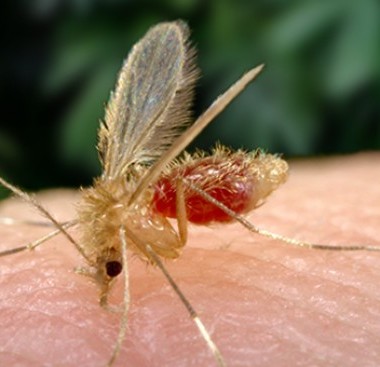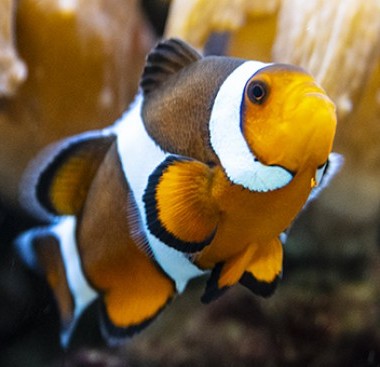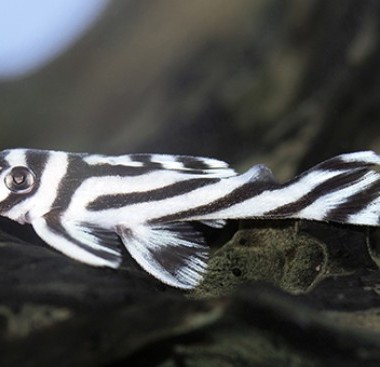Activists Take Aim at Canadian Seal Hunt
By: Staff Date: 01/14/2012 Category: | Animal Rights Extremism | Wildlife Journal |
Canadian seal hunt called: "cruel, criminal, and out of control"
The International Fund for Animal Welfare has produced a second videotape of seal hunters that it claims shows violations of Canada's seal hunting regulations and indicts the entire seal industry as cruel and inhumane.
IFAW has opposed the seal hunt for years and was instrumental in ending the hunting of white coats, the under-two-weeks offspring of harp seals.
"The only conclusion one can draw from the film is that the Canadian seal hunt is cruel, criminal, and out of control," said lawyer Clayton Ruby at an IFAW press conference.
IFAW was founded in 1969 by Brian Davies. The organization publicized the clubbing of baby harp seals for their white fur coats and succeeded in raising international ire against the practice. Clubbing of baby harp and hooded seals was outlawed in Canada in 1987, and IFAW turned its attention to the hunting of adult animals.
The videotape was taken during the spring seal hunt last year by IFAW members posing as photographers from a US hunting magazine. It reportedly shows 144 violations of seal-hunt regulations, including skinning seals alive, using hooks to catch live seals, and leaving injured animals to die. The activities on the tape will be investigated by Canadian officials.
IFAW escalated its campaign against the seal industry about two years ago when the Canadian government increased the quota for commercial hunts of the animals. The seal population had grown to nearly five million animals, and the Newfoundland economy had declined to disastrous levels as fish disappeared from traditional fisheries. Unemployment soared to 24 percent, according to an article in Britain's Geographical Magazine in November 1994. The increased quota served two purposes - to provide income for the people and to reduce seal numbers and influence on fish recovery.
The World Wildlife Fund-Canada supported the increased quota as a sustainable use of resources.
". . . we are not opposed to an expansion of the hunt," said Mort Hummel, president of the Canadian group in a letter to The Evening Telegram in St. John's, Newfoundland. "There is no evidence of a threat to the sustainability of the population. Our position is clearly different from that held by a number of animal rights groups."
The campaign
IFAW supported a boycott of Canadian fish and fish products to pressure the government into ending the seal hunts, distorted the regulations by alleging that baby seals are still clubbed for their pelts and sport hunting licenses are available, and claimed that seal populations are in danger from the hunt.
Contrary to IFAW allegations, however, there is no sport hunting of seals allowed, and those who kill baby seals are in violation of the law. Licenses are issued to commercial fishermen and to individual residents of communities adjacent to traditional sealing areas in Newfoundland and parts of Quebec. Individuals must attend training seminars that focus on humane methods of killing seals, personal safety, and environmental concerns before they are allowed to kill up to six seals for food. In 1995, 900 personal licenses were given and about 1000 seals were killed. East coast Inuits and Indians who harvest seals for their own use are exempt from licensing.
Commercial licenses are limited to registered professional fishermen. Harvest must be done on land or in small vessels, and the fullest possible use of the animal must be made.
Penalties for violating the regulations and Canada's cruelty laws can be as large as $1000 and forfeiture of the catch, boats, and licenses.
Last year, about 10,000 seal hunters killed about 242,000 seals, about four times the number caught in 1995. The government Department of Fisheries monitored the hunt with about 100 observers and filed 114 charges against potential violators. An amateur IFAW videotape provided evidence against four sealers who were eventually convicted of cruelty for their methods, and 101 hunters and processors were accused of illegally killing baby harp and hooded seals.
Canadian Sealers Association
The Canadian Sealers Association was founded in 1982 as a direct response to attacks on the sealing industry by animal rights groups. The organization is funded in part by the Canadian government and is involved in scientific research, market development, and resource management as well as providing information to counter animal rights campaigns.
Newfoundland and private contributors also provide funds for CSA operations, and the organization operates a craft store under its Northern Crafts division. CSA works with other sealing groups, universities, and private industries and supports the government's hunting regulations and the prosecution of violators.
Marketing development efforts concentrate on use of the total animal, not merely on using the skins and penises as the activists imply. (In fact, the government does not permit the harvesting of seals for individual components.) CSA promotes seal meat for a variety of products from sausage and salami to stew and jerky; seal oil for medicinal use and for omega oil supplements; and skins for leather and fur.
Seal oils are high in omega 3 fatty acids and amino acids for human health benefits; there is evidence that adding certain fatty acids from seal oil to the human diet can help prevent or treat heart disease, diabetes, high blood pressure, auto-immune diseases, or chronic inflammatory conditions such as rheumatoid arthritis. Low-grade seal oils are used in industrial applications.
Traditional seal hunting
The native people of Canada have relied on seals for food, clothing, and oil for centuries, a dependency that continues today. In addition, commercial seal hunting to provide salable products for a national and international market is seen as a solution to several problems: it provides economic stability to eastern Canadian communities, offers usable products to consumers throughout the world, and helps control a growing population of an animal that also competes with man for fish. Some researchers think that a hike in the quota for seals will help cod stocks bounce back - even if the seals don't eat much cod, they do eat the fish that the cod eat and thus hamper the cod recovery.
Commercial seal hunting licenses are limited to professional fishermen who often use the money from sealing to get their boats and equipment in shape for the summer fishing season - if the fishery is open. Without fishing or seal hunting, these families suffer and their communities strangle, and public welfare becomes a way of life.
Sealers charged with illegal sales of pup pelts
One hundred and one Canadian sealers have been charged with illegally selling 25,000 pelts of baby harp and hooded seals, and the Fish, Food, and Allied Workers union is challenging the government's jurisdiction in the matter in court.
Earle McCurdy, president of the union, told the Hamilton Spectator that the government has mishandled the case. Hunting comes under federal jurisdiction, McCurdy said, but trade is a provincial matter. The sealers face up to $100,000 in fines and suspension of their licenses.
According to the newspaper article, the challenge deals with the case against one sealer, and, if it is successful, the remaining charges may be dismissed
This is the first time sealers have been charged with selling pelts of young hooded seals. Hooded seal pups, known as bluebacks, maintain their first coats until they are more than a year old. Harp seal pups shed their white coats after only a few weeks. Sealers have been trying to regain the right to sell blueback pelts.
The cases against the sealers were delayed pending outcome of the union challenge.
Harp seals prey on Atlantic cod, capelin
Canada's 4.8 million harp seals outnumber the total populations of the other five species along the nation's Atlantic coast and is increasing at about five percent - about a quarter million additional animals each year. The population is double what it was in 1981, and the hunt quota of 160,000 allowed by the government does not jeopardize the species.
Harp seals migrate between the Arctic and sub-Arctic regions of the North Atlantic Ocean. The large northwest population migrates to areas off the coast of Newfoundland and in the Gulf of St. Lawrence to give birth each February and March. They molt in April and May, then return to summer areas near Greenland and in the Canadian Arctic.
Scientific studies of seals determine population, reproductive rate, and diet. An adult harp seal eats about 1.4 tons of prey per year, including cod fish, capelin (a cod favorite), squid, shrimp, herring and other fish. The Canadian Minister of Supply and Services reports the following from these studies:
In 1994, harp seals ate about 6.9 million tons of prey, including Atlantic and Arctic cod, capelin, squid, shrimp, herring, and other fish.
1.2 million tons of that total were Arctic Cod and 88,000 tons were Atlantic cod eaten in the waters off Newfoundland.
An additional 54,000 tons of Atlantic cod were eaten in the Gulf of St. Lawrence.
1.1 million tons of capelin - a favorite food of cod - were eaten by the seals, about half in the Gulf and half in waters off Newfoundland.
Cod and capelin eaten by seals are smaller than the fish caught by commercial fishermen, so there are more fish per ton in the seal diets than in the fishermen's nets. (In 1992, 900 fish made up one ton of a commercial catch of Atlantic cod, and 9500-38,000 fish made up a ton of cod eaten by seals. The wide range includes fish up to 20 centimeters in length.)
About The Author
All Authors Of This Article: | Norma Bennett Woolf |












